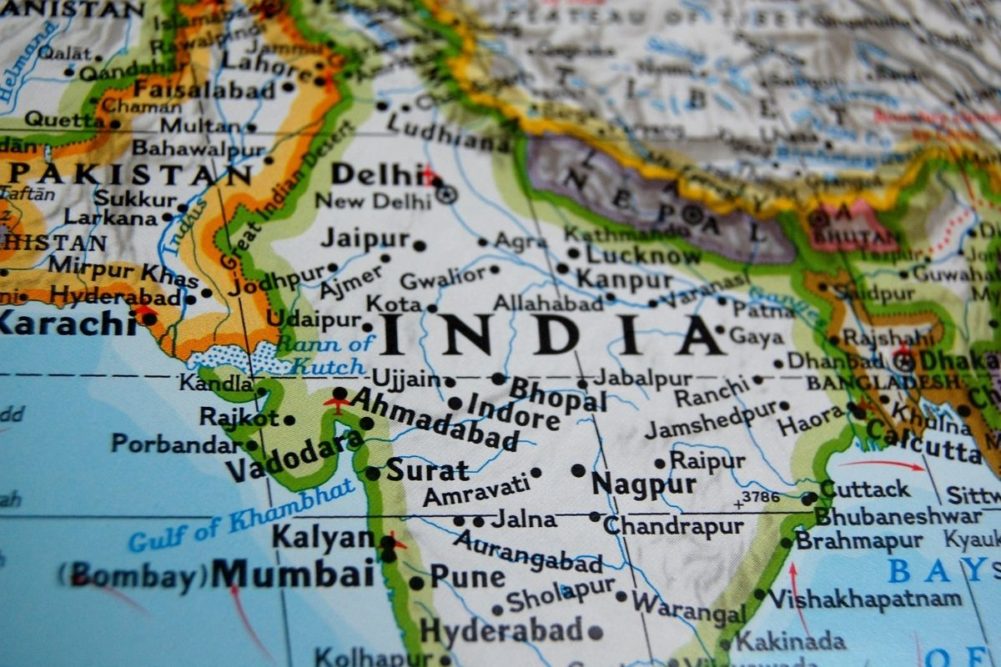NEW DELHI, INDIA — Despite an anticipated record wheat crop, India’s wheat imports are projected to soar in the 2024-25 marketing year on steady domestic demand, a decline in government-held stocks and relatively weak global prices, a report from the Foreign Agricultural Service (FAS) of the US Department of Agriculture said.
The Global Agricultural Information Network (GAIN) report released March 29 said the country’s wheat production is projected at 112.5 million tonnes for the next harvest, thanks to favorable weather conditions from the time of planting through the reproductive growth stages. If realized, it would eclipse last year’s record output of 110.5 million tonnes.
But with consumption also forecast at a record 113.5 million tonnes, wheat imports are pegged at 2 million tonnes, a massive increase over the 2023-24 total of 120,000 tonnes, making India a net importer of wheat for the first time since 2017-18.
“Facing a situation of highly depleted government wheat stocks and relatively weak global wheat prices, growing domestic demand, and rising domestic prices will force the Indian government to lower import duties to allow wheat imports to supplement domestic supplies, possibly in the second half of 2024-25,” the FAS said. “The government is unlikely to relax its export ban on wheat and wheat products.”
Two years ago, India exported 5.3 million tonnes after shipping a record 8 million tonnes in 2021-22, but the FAS pegged the country’s 2024-25 export total at 300,000 tonnes as the government prioritizes domestic food security.
Having recently surpassed China with the world’s largest population, India faces the challenge of feeding more than 1.43 billion people (about 18% of the global population). In addition to issuing export bans and emphasizing crop production increases, the government recently launched a $15 billion grain storage scheme in which it aims to increase storage capacity by 70 million tonnes over the next five years.
The nation’s total food grain production in 2023 reached 311 million tonnes, but its storage capacity is only 145 million tonnes, less than half of what is needed, according to the Food and Agriculture Organization (FAO) of the United Nations. It is estimated that India experiences annual post-harvest losses of between 10% to 15%, mostly due to inadequate storage facilities and inefficient distribution networks.





